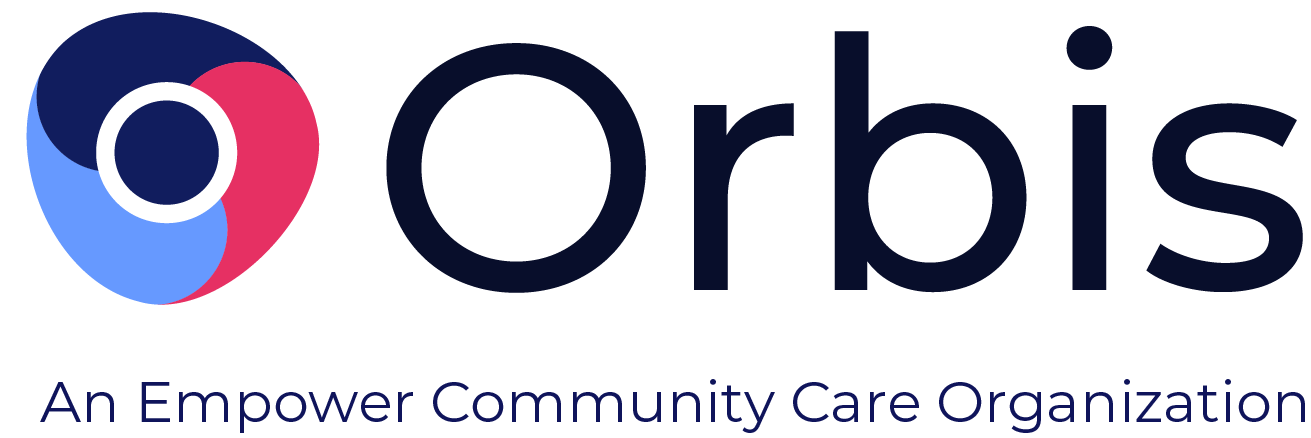There are many factors that can affect at-risk teenagers’ decision to smoke or drink alcohol. In the last few decades, however, the rapid growth of advertising and consumerism has begun to have an enormous influence on teens.
Each year in the United States, companies spend billions of dollars advertising alcohol and tobacco products, while popular television shows and movies often depict smoking and drinking in a positive light. Studies show that young people are often inclined to use drugs or alcohol themselves due to these influential depictions of substance use.
Advertising Sells At-Risk Teens on Nicotine & Alcohol
Companies across the U.S. spend roughly $25 billion every year on advertisements for tobacco products such as vape pens and cigarettes, and alcohol. These ads are specifically crafted to gain the attention of youth through the use of celebrities, humor, current music, and attractive young models. These ads make smoking and drinking seem like casual everyday activities, and can function as a “superpeer” by subtly pressuring teens to consume their products. Research on the effects of advertising has shown that they may be responsible for up to 30% of underage tobacco and alcohol use.
The biggest spender of advertising dollars is the tobacco industry, often referred to as “Big Tobacco,” which accounts for about $15 billion. For decades, these companies have successfully targeted teenagers with their ads. They recruit smokers before they realize the full health implications of tobacco use. According to the American Academy of Pediatrics, advertising often seeks to glamorize smoking by “depicting smokers as young, independent, rebellious, healthy, and adventurous." These ads are careful to never show the negative consequences of smoking, which have been long-documented by the medical community for decades. While many restrictions have been placed on cigarette advertising by the federal government in recent years, ads are still very prevalent in digital forms and magazines.
Similar to tobacco advertising, alcohol commercials are often crafted to appeal to underage users. These ads frequently depict drinkers as laid-back, attractive, successful young people having fun in glamorous social situations. And unlike tobacco advertising, alcohol media faces few restrictions from the government, meaning that these ads are still very prominent on television. It has been estimated that teens see anywhere from 1,000 to 2,000 alcohol ads on television each year. Alcohol-related ads are often aired during primetime television shows, therefore adolescents are 400 times more likely to see an ad for alcohol than a PSA that discourages underage drinking.
Substance Use in Television and Movies
Scenes with characters smoking remain relatively common in movies and, to a lesser extent, on primetime television, as it is popular in both television and movies to use smoking to indicate a character is troubled or rebellious. A study conducted by the American Academy of Pediatrics showed that 19% of primetime television shows portray tobacco use, and just one-quarter of those shows make negative statements about smoking. Smoking is also found in about 25 percent of all music videos, 25 percent of ads for R-rated movies, and just under 10 percent of ads for PG-13 movies. Though these rates seem relatively high, smoking has actually decreased in popular movies in recent years. A content analysis of the top 100 box-office hits between 1996 and 2004 revealed that tobacco use was depicted in 90 percent of R-rated movies, and half of all G-rated animated films between 1937 and 1997.
Between 1991 and 2009, analysis shows that tobacco use in film peaked in 2003 and has since declined, with less than 50 percent of R-rated films depicting smoking for the first time in 2009.
Alcohol's Popularity On Television
Of all of the drugs portrayed in film and television, alcohol remains far and above the most prevalent. On average, a drinking scene is shown every 22 minutes on American television. For primetime shows, the rate is even higher. 70 percent of these shows depict alcohol use. In the film, alcohol use is shown in movies from PG to R-rated, and most often these scenes are depicted as normative behavior, which has been shown to harm teens. A study conducted in California by Columbia University found correlations between exposure to drinking scenes and teen alcohol consumption. Teenagers who were allowed to watch more than three R-rated films per month were found to be five times more likely to drink alcohol compared with youth who watched none. An additional study was also done on two- to six-year-olds, who were asked to role-play shopping at a grocery store. Children who were allowed to watch PG-13 or R-rated movies were five times more likely to “buy” beer or wine as a part of their imaginary shopping experience.
Years of Fighting, Little Progress
The battle to keep teens and adolescents from turning to drugs and alcohol has been going on for decades. Still, teenagers continue to use tobacco and alcohol. The contribution of the media to youth substance use has been a growing concern for many years but is only recently beginning to be fully recognized for the problem that it is. While regulations put forth by the U.S. government have significantly restricted tobacco advertising on television, other avenues have guaranteed that at-risk teens are still exposed to a romanticized vision of smoking and smokers. And because alcohol companies have not been subjected to the same regulations, their advertising has only expanded. This has exposed youth to a bombardment of misinformation.
Underage alcohol and tobacco use pose an extreme threat to the teenagers who use them, as both can lead to lifelong addictions and a myriad of health problems. Years of research have shown that the entertainment and media industries encourage teen use by showing idealized images of tobacco and alcohol use. The best way to discourage this exposure is to take action to motivate and assist parents to restrict their children’s access to inappropriate media venues.
Assessing Youth Mental Health Factors
Orbis Partners provides solutions for criminal justice and human services systems, specializing in designing and implementing services for at-risk client groups. Orbis offers a unique blend of programs and services including innovative case management software applications, evidence-based interventions, and effective risk, needs, and strengths assessment tools.
One product offered by Orbis is the Massachusetts Youth Screening Instrument- Web Version 2 (Web MAYSI-2) which assesses youth mental health and factors such as the risk of drug and alcohol use, behavioral health symptoms, traumatic experiences, suicide ideation, and more in youth ages 12-17 years old. The primary setting where Web MAYSI-2 is administered is in juvenile probation, diversion programs, and intake in juvenile detention or corrections.
Orbis Partners provides solutions for criminal justice and human services systems, specializing in designing and implementing services for at-risk client groups. Orbis offers a unique blend of programs and services including innovative case management software applications, evidence-based interventions, and effective risk assessment tools. For more information about Orbis, contact us by clicking here.


